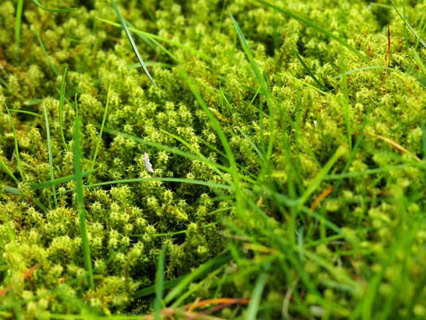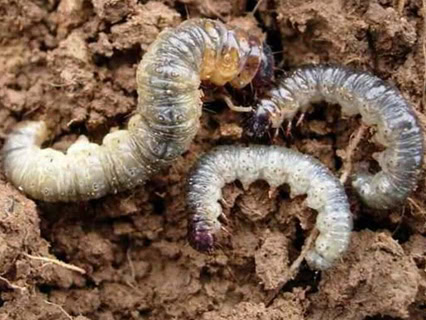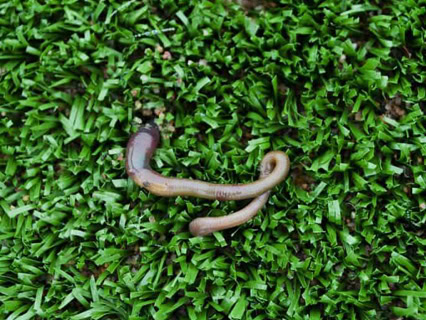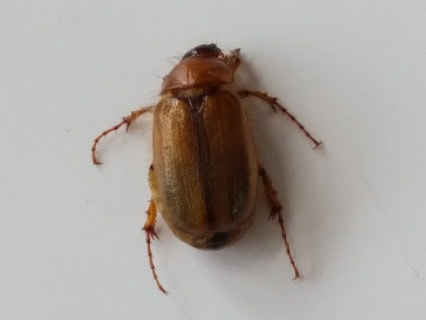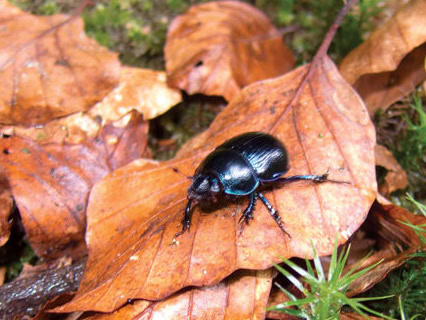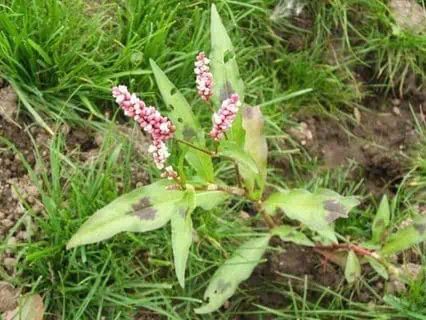
Willow
Willow weed often has a dark spot in the middle of its leaves and the flowers are small, pink and clustered into a tight cylinder at the end of the stem. This weed is a prolific seeder and the seeds it produces are exceptionally hardy, with germination levels remaining high for many years. If it has just a few plants, they can be pulled out relatively easily but if you have a big patch then spraying is an option.
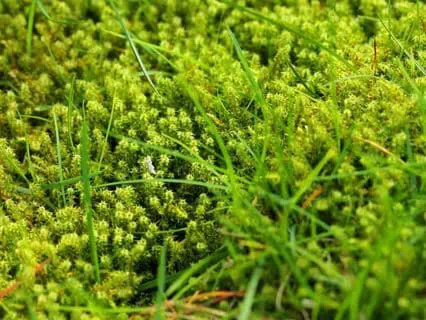
Moss
Moss is ever present over winter usually with the shaded areas of your property being the most susceptible. It is good practice over winter to prune back hedges and plants that shade and reduce air flow on your lawns. Iron Sulphate can be used but be careful not to get it on the concrete as it stains badly. Surrender, a chloride-based spray, works well. One spray or application isn’t enough to control it though, you would need multiple applications to get on top of it without damaging the lawn.

Summergrass
Summergrass will germinate at any opportunity given light at ground level. Mowing your lawn at 70-90mm will greatly reduce Summergrass germination. Puma S is the registered spray for the control of Summergrass. It usually takes 2-3 sprays to control it.
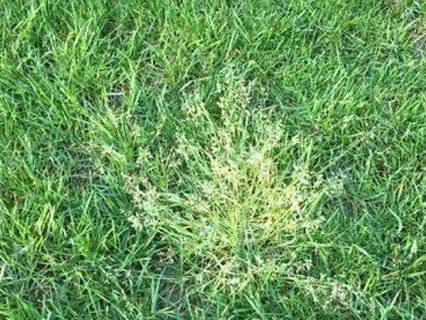
Annual Poa
This weed is one of the most common and troublesome weeds around. It can be hard to identify as it can be mistaken for similar turf grass. However, Poa does have some distinguishing features to identify it. Each blade is shaped like the tip of a canoe and usually a lighter green (making the turf look patchy) and the leaves are softer and weaker compared with other grass varieties. It has a short life span dying off as soon as the weather becomes dry. For large problem areas, you can dig out the worst patches in March/April and re-seed. Depending on the seed variety of the lawn we can spray using herbicides.
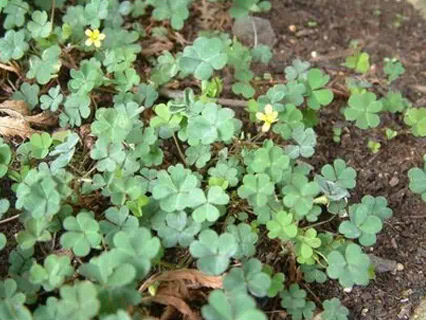
Buttercup
The Buttercup weed has an insidious nature which can be very difficult to control and the long roots can re-sprout a new plant if left in the ground. It likes to grow in the wet soil areas of your lawn. Hand weeding is possible in small infestations, but you must get every bit of the weed. Broadleaf sprays are somewhat effective and you can use a turf herbicide.

Clover
Clovers are an extremely common weed that has a creeping stem with distinctive leaves notched at the tip. Clover heads are often visited by bees. There are two schools of thought one is to get rid of clover in the quest for a perfect lawn and the other is to allow it to thrive. As it a legume if allowed to thrive in your lawn, the clover will put nitrogen into your soil. It will always retain its colour in a drought and you do not need to mow it often as it grows low. It also attracts bees and wasps that feast on harmful bugs and help pollination. Spray the Clover with a broadleaf herbicide to kill it.

Dandelion
Dandelions will push out grass and other plants as well as sapping water and nutrients from other plants. You can get rid of dandelions by being through and patient. There are several ways to control Dandelion. All methods to remove Dandelions must be performed every year because their seeds can travel very far on the wind. You can either use an herbicide or hand dig which can be time consuming and should be done in Spring when the seedlings appear, but you must ensure you have pulled the entire tap root.
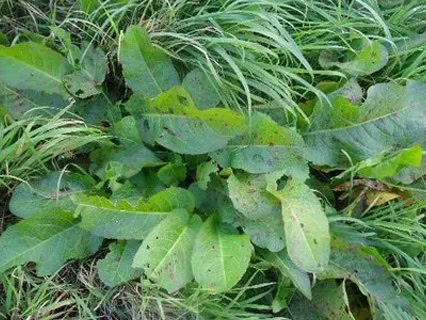
Docks (Broad leaved)
The broad-leaved dock is a perennial weed which has a large tap-root system. It generally grows at ground level from which it produces large leaves, but every Spring it forms an upright stem on which it forms fruits. The seeds produced are long lived and huge amounts of seeds can build up within the soil. Dock is very hard to kill. They tolerate most herbicides and are easier to spray out when they are juvenile.

Horned Oxalis
Horned Oxalis is a perennial weed species that grows low to the ground. It produces yellow flowers that can grow up to 1cm in diameter, sometimes singularly but often in clusters, flowering from December to January.
It can be sprayed with an herbicide.

Onehunga
Onehunga weed is a prickly interloper which makes walking on the lawn in bare feet very painful. It is an annual weed and the prickles are part of its seed setting cycle. It is a very low growing with leaves that are 15-50mm long and finely divided, with a feathered overall appearance. You can spray for Onehunga weed earlier in the season before the plants flower and set prickles (latest date to spray is approximately labour weekend). If you have a lush, healthy lawn, it will find it harder to invade the lawn with established grasses.To control it you can hand weed as it has a relatively shallow root system. If it is throughout the lawn, then it can be sprayed with the full rate of a recommended herbicide.
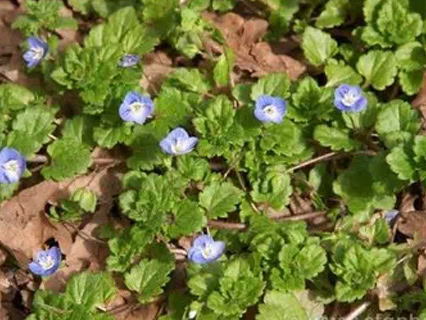
Scrambling Speedwell
Scrambling Speedwell is a small, hairy annual species that can germinate in both Spring and Autumn and can be found at any time of the year. It has long sprawling stems which scramble among the ground and over surrounding plants. It has bright blue flowers, 10 to 15mm across. Ensuring the lawn is adequately fertilised can stop scrambling speedwell infesting the lawn and they can be sprayed with a selective herbicide.
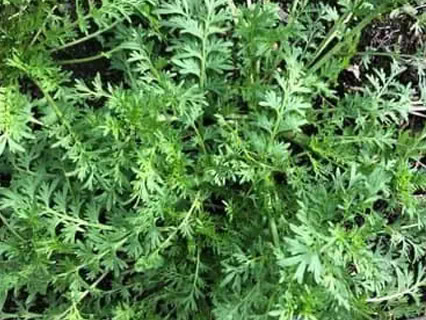
Twin Cress
Twin cress is an annual weed which can germinate at any time of the year, though typically it establishes mainly in spring and autumn. As a seedling, it is a rosette rather than a scrambling plant. Each leaf is composed of several leaflets, and each leaflet has a few lobes. A distinctive characteristic of twin cress is that it is not symmetrical, unlike most other weeds. As twin cress becomes more mature, it sends out prostrate stems, which can form quite extensive mats on the ground if left long enough. It is best to treat it early with MCPA which will retard the growth of clovers for several months. In young lawns it is tolerant of mowing but can be controlled by several selective turf herbicides.
